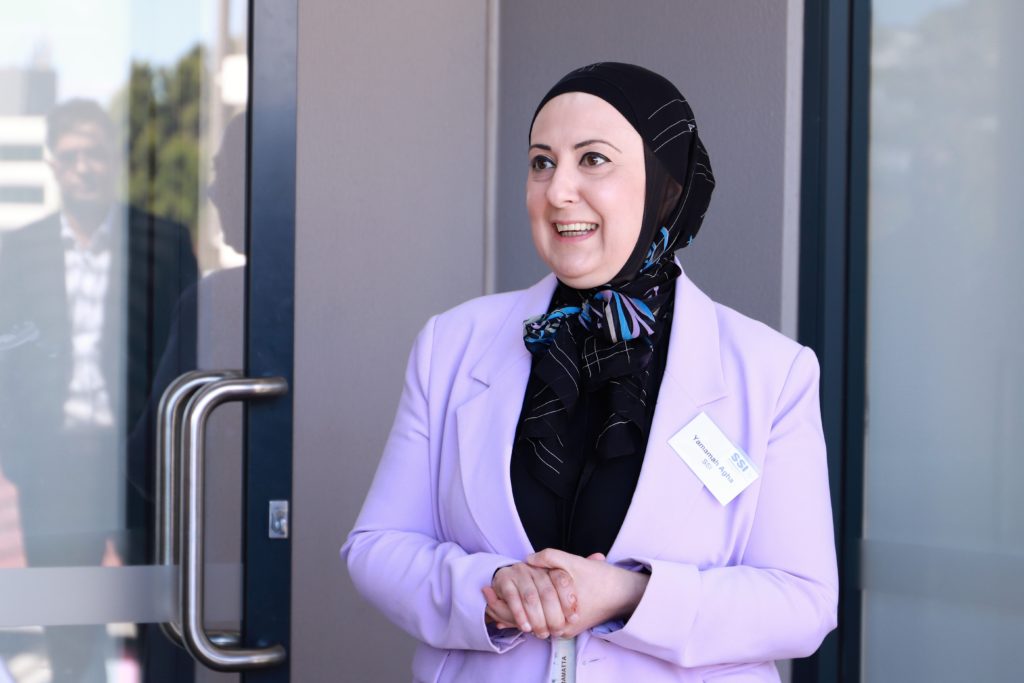Today, Friday the 24th February, marks one year since the Russian invasion of Ukraine sparked the largest refugee crisis in Europe since WWII.
This war is just one of many humanitarian crises that have escalated in the past year, highlighting the urgent need for Australia to open its doors to more refugees.
Here’s why this should matter to Australians.
Refugee levels hit an unprecedented 32.5 million people in 2022, according to UNHCR. That’s more than the populations of Australia and New Zealand combined. With this anniversary of the Russian invasion, Ukraine remains in the spotlight. But, there are five growing humanitarian hotspots elsewhere that have also increased the urgency of Australia to increase its own refugee intake:
1. The Syrian civil conflict. The recent earthquake in Syria and Türkiye returned attention to the humanitarian situation that has plagued the area since the start of the Syrian civil war in 2011, where more than 6.8 million Syrians having been forced to flee their home and the same number again being displaced within Syria itself.
2. The Iranian uprising. The latter months of 2022 saw growing civil unrest in Iran following the death of Mahsa Amini after she was arrested for not wearing a hijab. Tens of thousands of Iranians have been arrested due to their participation in the subsequent protests and the crisis shows no signs of abating.
3. Taliban resurgence in Afghanistan. Reports from Afghanistan paint an increasingly dire picture, particularly for women, as the Taliban cements its rule. By the end of 2022, women were banned from attending university, working for non-government organisations, and from visiting public gardens, gyms, and public baths. 2.4 million people have already escaped the country, and more are expected to flee over the coming year.
4. Resistance to Myanmar coup. Closer to home, the military crackdown following the coup in Myanmar led to growing violence in 2022. In the first half of the year, Myanmar recorded the highest level of state-sanctioned violence against citizens of anywhere else in the world.
5. Escalating Venezuelan crisis. By the end of 2022, an estimated 7.1 million Venezuelans were displaced, making this one of the largest displacement crises in the world. Driving this exodus is an increasingly repressive government and reports of violence, insecurity and a lack of food, medicine, and other essential services.

Humanitarian crises like these are set to be exacerbated by other trends including the rising cost of living, the climate crisis, and the lingering effects of COVID-19.
So, what does this mean for Australians in 2023?
As a global citizen, Australia has a role to play in promoting peace and protecting the most vulnerable.
Australia has a proud history of welcoming people from all walks of life, but our refugee resettlement program has remained largely stagnant for a decade, despite the number of refugees doubling over that timeframe.
Last year leading resettlement countries such as the USA and Canada boosted their refugee intakes to 125,0006 and 84,7957 respectively. With a new government has come momentum for change, and Australia now has the opportunity to uplift its humanitarian intake from 13,750 places to 27,000 places.

Refugees, who have been forced to flee their countries for no fault of their own, deserve a safe and welcoming place to start over.
This isn’t just the right thing to do – it also makes economic sense, at a time of rising skills shortages. Refugees engage disproportionately in the labour force in some regional areas, and in industries where there are significant labour shortages, including those catering to an aging population.
With some two million refugees estimated to need resettlement this year, increasing Australia’s intake will assist in meeting the massive shortfall in resettlement places and demonstrate our credentials as a strong global citizen.


